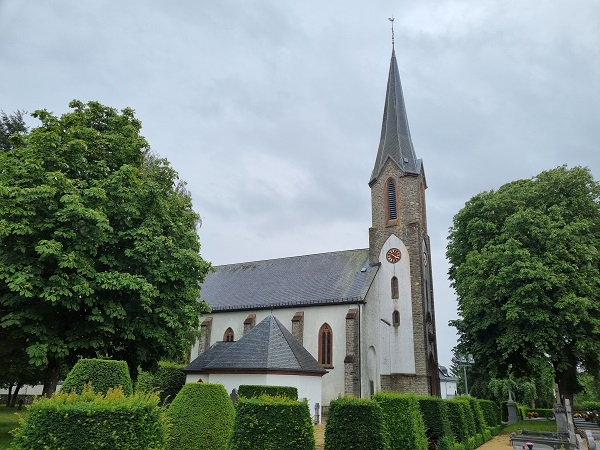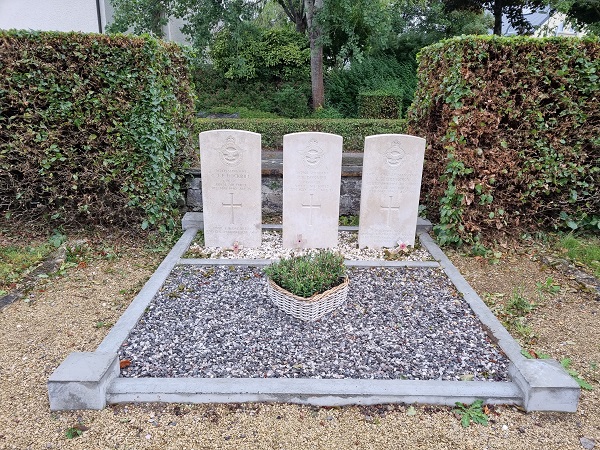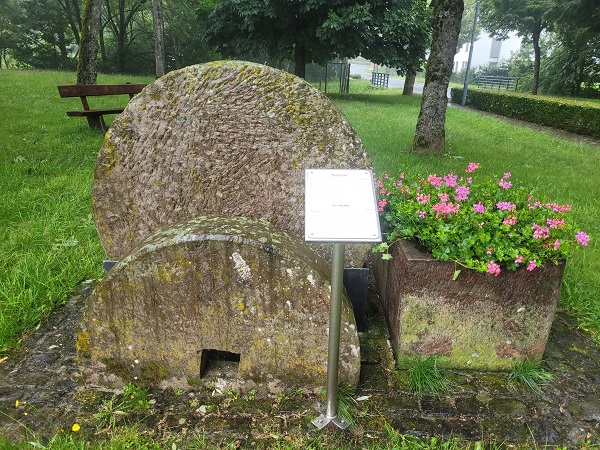 Basbellain road sign;
Credit: Jazmin Campbell, Chronicle.lu
Basbellain road sign;
Credit: Jazmin Campbell, Chronicle.lu
Throughout August, Chronicle.lu will be shining a spotlight on various villages across the Grand Duchy; the focus is mainly on some of the (perhaps) lesser-known villages with particular points of interest or an interesting history (e.g. cultural and/or industrial heritage).
The next article in this series is dedicated to Basbellain, a historic small village in the municipality of Troisvierges in northern Luxembourg (Canton Clervaux) with a population of about 170. From 1795 to 1908, Basbellain (Kierchen - like "churches" - in Luxembourgish) was also the name of the municipality before it was renamed after its new administrative centre, Troisvierges.
The village is located near the Belgian border and is surrounded by fields; agriculture continued to serve as a key industry after the Second World War, although the number of active farms in the area eventually declined. Basbellain also forms part of the Luxembourgish Ardennes region, where remembrance tourism (particularly related to WWII and the Battle of the Bulge) plays an important role.
The first mention of "Belsonancum" (Latin for "Bellain") was in 585 AD, making the area possibly one of the oldest settlements in Luxembourg; the locality was later divided into the two separate villages of Basbellain and Hautbellain. There used to be an old nearby railroad station named "Bellain" as well. Before its closure in 1998, the station served as a stop on the northern route of Luxembourg's railways, between Troisvierges and the Belgian border.
The centrepiece of the village (as its Luxembourgish name might suggest) is its 19th century neo-Gothic-style church (Église Saint-Michel), which is dedicated to the archangel Saint Michael and Saint Remigius of Reims. The church appears to have played a key role in spreading Christianity in the region. Both the church and the adjoining cemetery in Basbellain have been classified as national cultural heritage monuments since 1991; the church furnishings were added to this list in 2019.
In addition to newer graves, several stone crosses dating to the 18th and 19th centuries are currently preserved in the cemetery. Here one can also find the gravestones of three Royal Air Force (RAF) airmen, who died when their aircraft was shot down near Basbellain on 11 May 1940: Sergeant Charles James Ernest Dockrill (died aged 26), Sergeant Percival Frank Dormer (aged 27) and Aircraftman 1st Class Kenneth George Gregory (aged 20). German troops had invaded Luxembourg (as well as Belgium and the Netherlands) one day earlier and several RAF Fairey Battles were shot down over Luxembourg in Allied attempts to slow down the enemy’s advance.
Just outside the village, in Kiirchermillen, is the site of an old water mill, which has been restored by its current owners. The millstones were operational (mainly in flour production) in the area until the late 1940s. Not far from the former mill but slightly more off the beaten track, one can find a Lourdes grotto - there are a number of such replicas scattered around Luxembourg.















